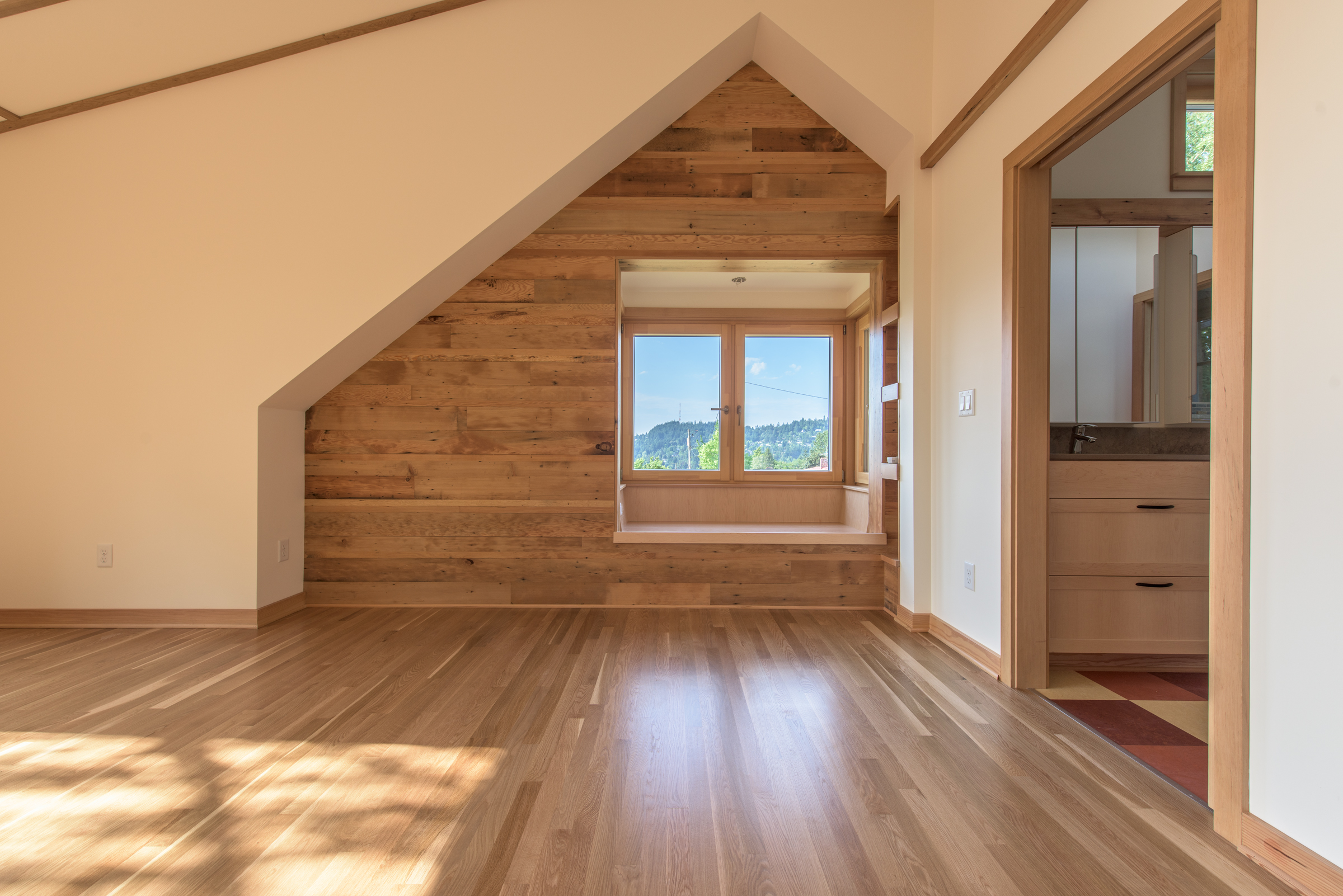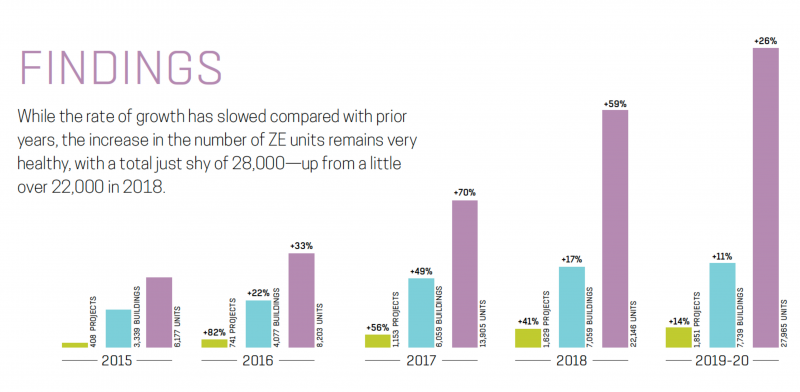*Adapted from: Zero Energy Project
Extremely Energy Efficient Homes
Here’s how you can start building and designing affordable Zero Energy homes while maximizing energy efficiency. These tips will help you utilize commonly available building materials and equipment along with easy-to-learn building strategies. By following these steps, you can build a new home that is affordable to build and costs less to own.
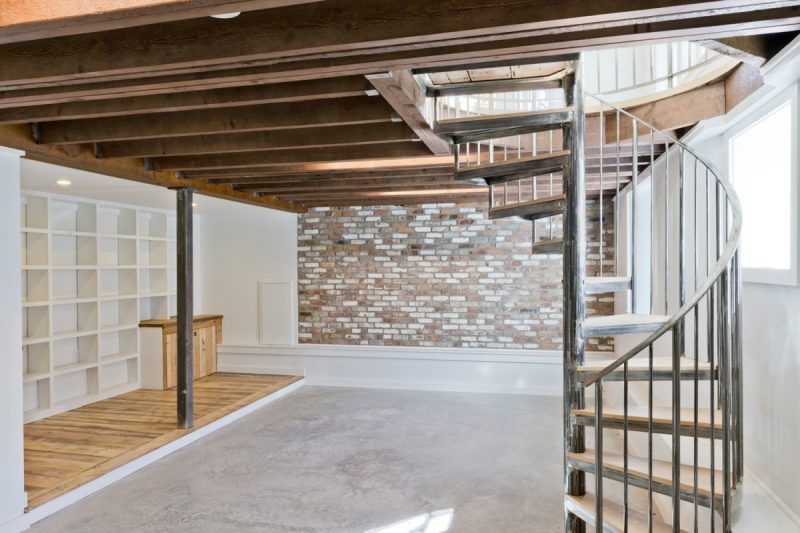
1. Start with Smart Design
Cost-effective zero net energy homes begin with smart design. Designers and architects, as well as builders, and homebuyers, should be familiar with all the energy efficiency steps involved in building a net zero home. And the home should be designed so that builders and subcontractors can implement these steps as cost-effectively as possible. There are several design parameters to which builders should ask designers to pay special attention. Detailed communication between the builder and designer will ensure that these critical details don’t fall through the cracks.
2. Use the Sun for Renewable Energy
Grid-tied solar photovoltaic (PV) panels currently provide the most cost-effective form of renewable energy for a zero energy home. They can power all the energy needs of a home including lighting, heating and cooling systems, appliances and hot water. However, they are the most expensive component of a zero energy home and strategies for reducing or mitigating those costs are important to consider.
3. Select Energy Efficient Appliances and Electronics
Since zero energy homes have highly energy efficient building shells and use high efficiency HVAC and water heating equipment, a new category, appliances and electronics, becomes the most significant source of energy expenditure in zero energy homes. As a result, selecting high efficiency appliances and electronics becomes the final step needed to minimize home energy use
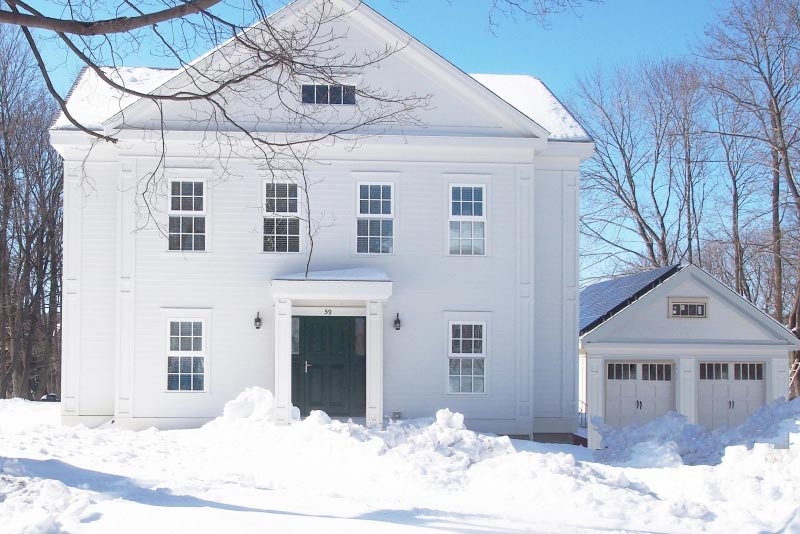
4. Super-Seal the Building Envelope
Super-sealing the building envelope is the single most cost-effective measure builders can take to improve the energy efficiency of a zero energy home. Several proven, air-sealing approaches are available. Choose an approach that matches your climate, skills and budget.
5. Use Highly Insulated Windows and Doors
Windows and doors are like big energy holes in a well insulated, airtight building envelope and are the third most cost-effective opportunity for making a home energy efficient. Control window and door heat loss and gain by selecting appropriate window and door products, carefully locating them, and optimizing their size and orientation.
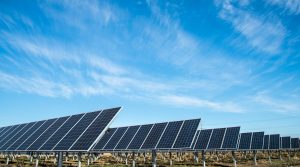
6. Create an Energy Efficient, Fresh Air Supply
Since zero energy homes are so airtight, a continuous source of fresh filtered air and moisture control are critical to its success. This need for ventilation has a silver lining: zero energy homes are healthier and more comfortable than standard homes. Highly energy efficient ventilation systems, known as heat recovery ventilation (HRV) systems or energy recovery ventilation (ERV) systems expel stale air while recovering its heat and returning that same heat to the home.
Learn more at Zero Energy Project.
Team Zero is partnered with Zero Energy Project and the Energy and Environmental Building Alliance (EEBA).
